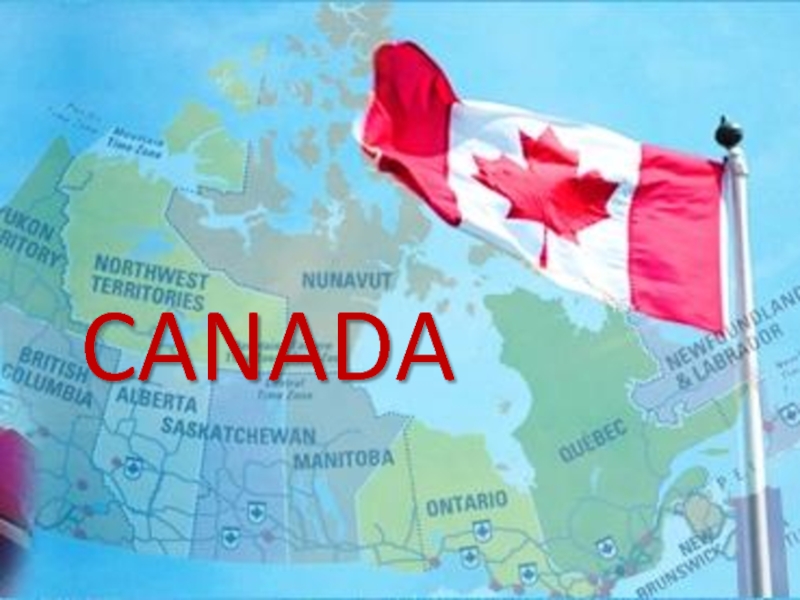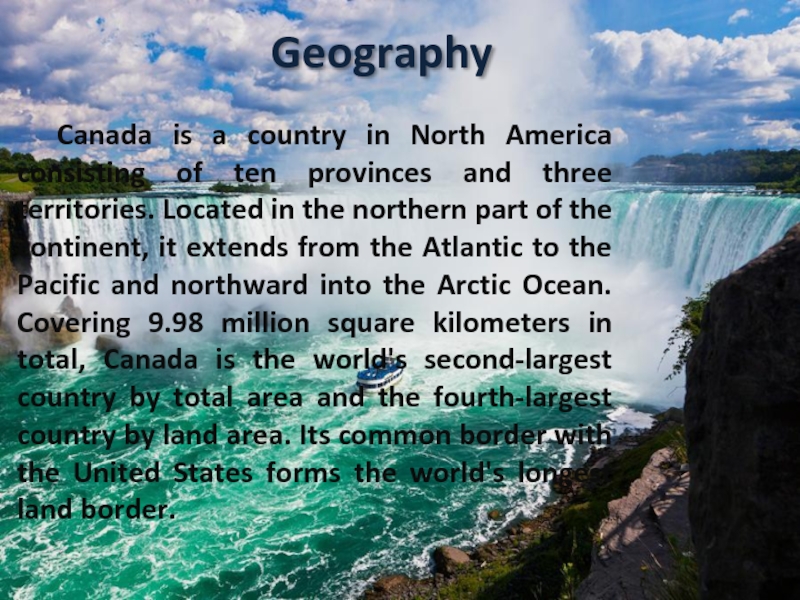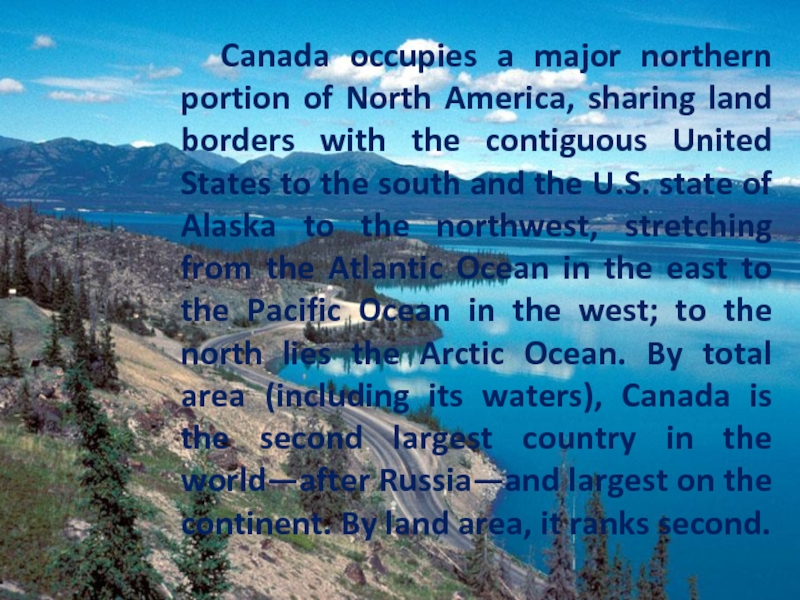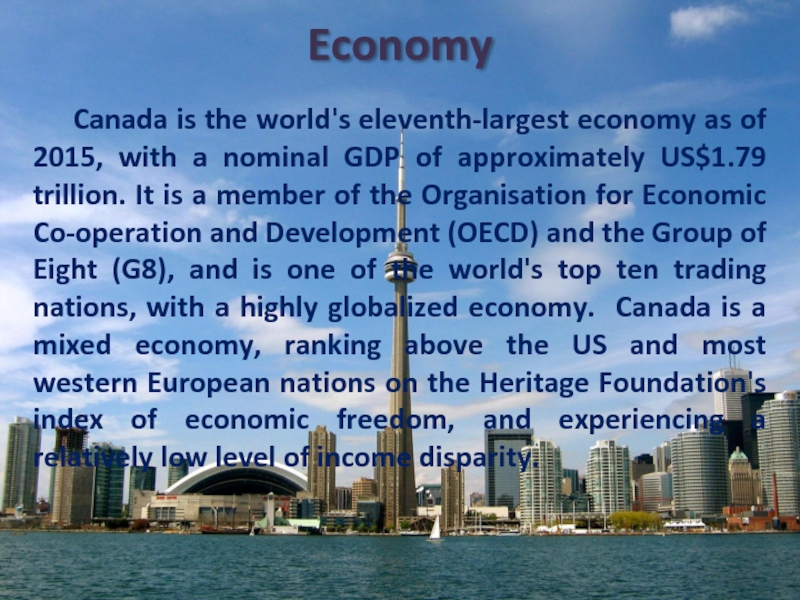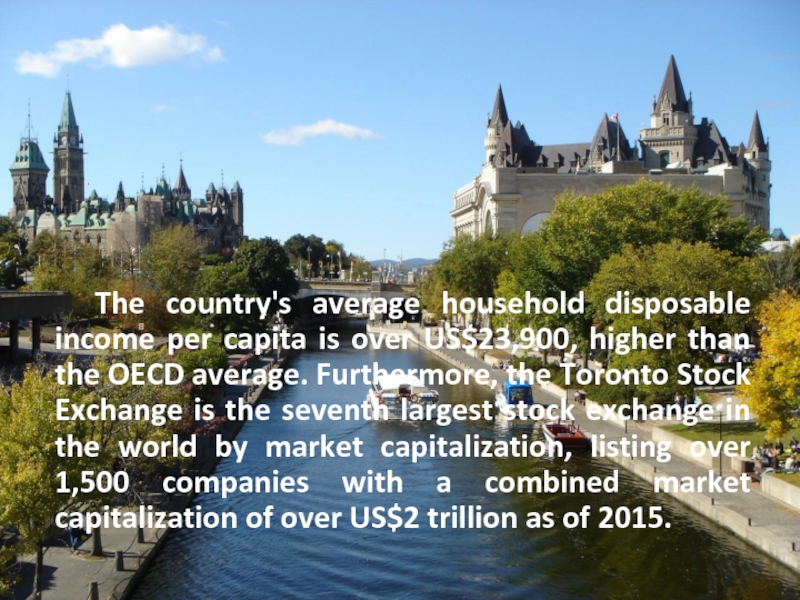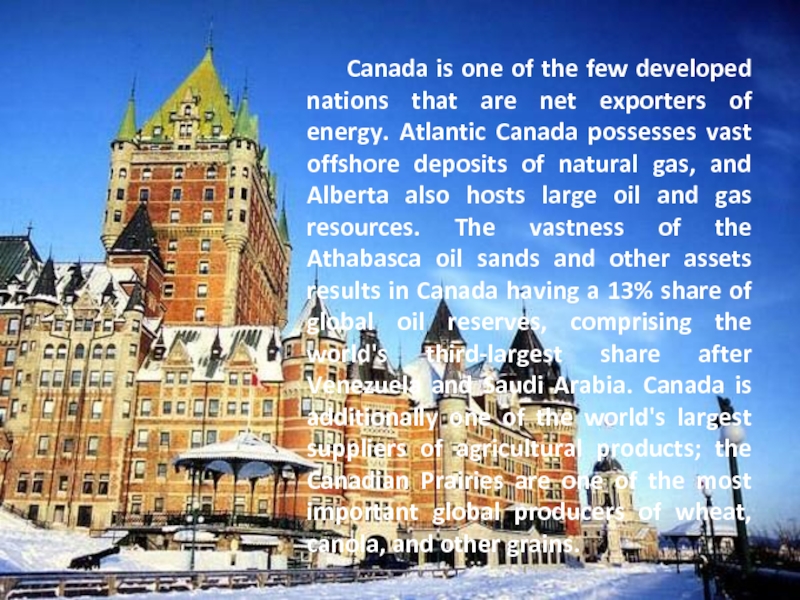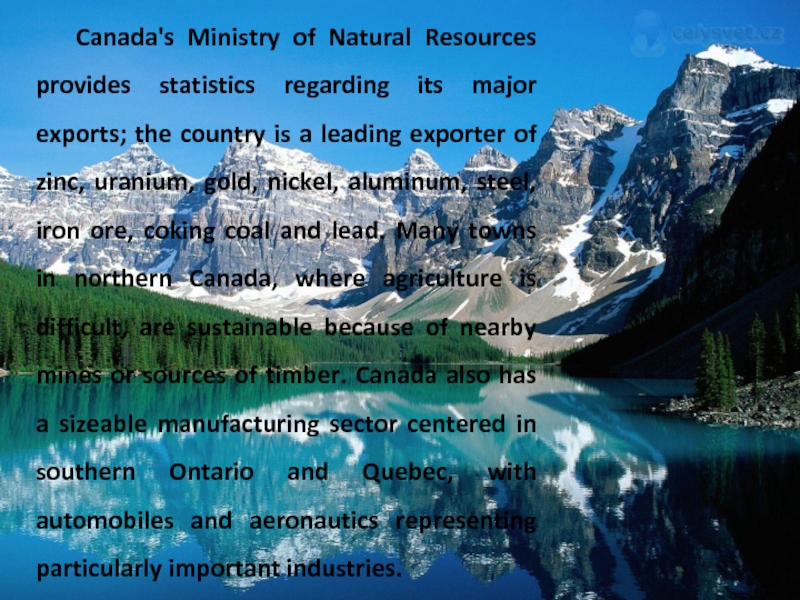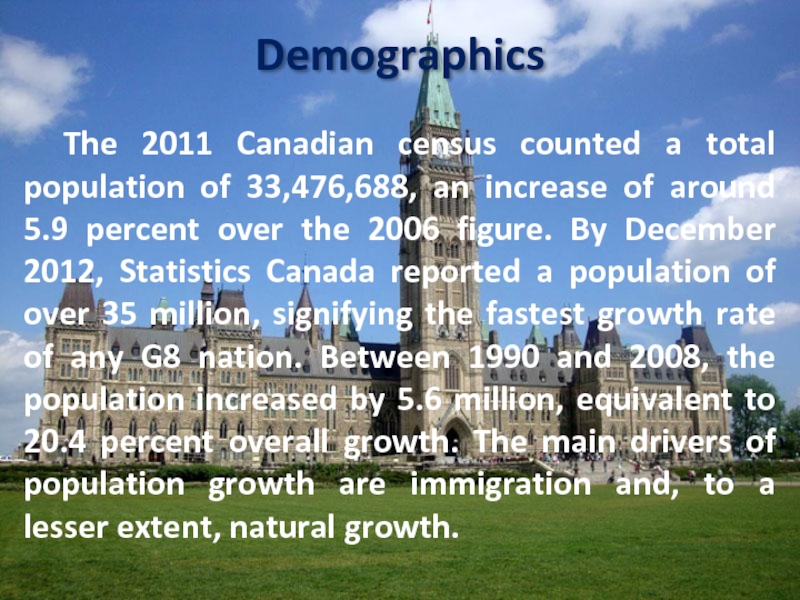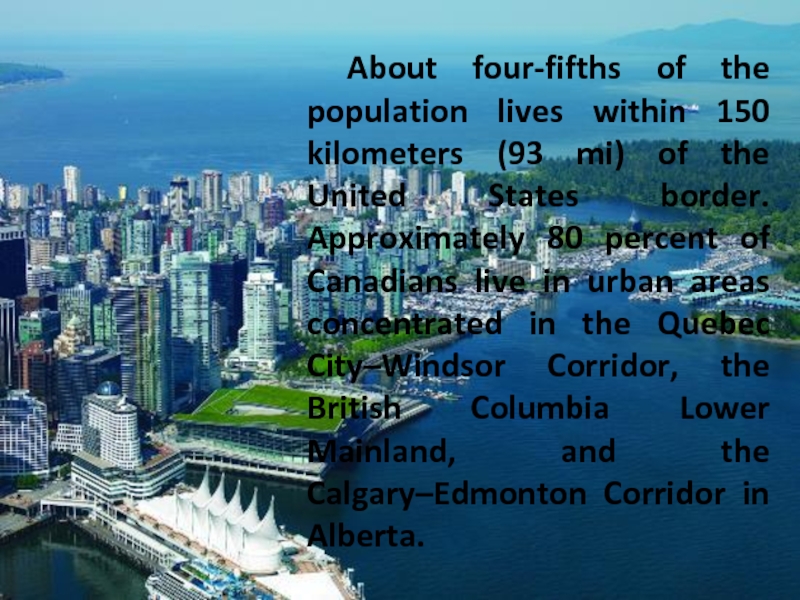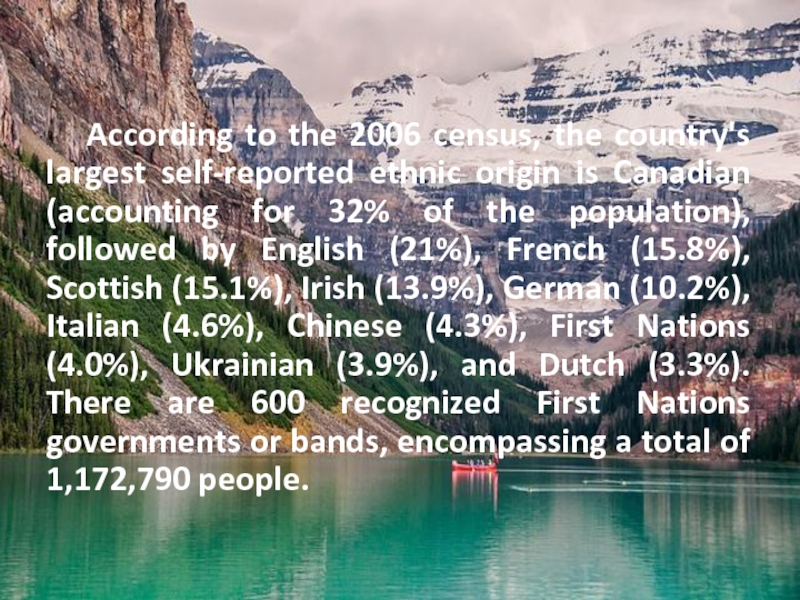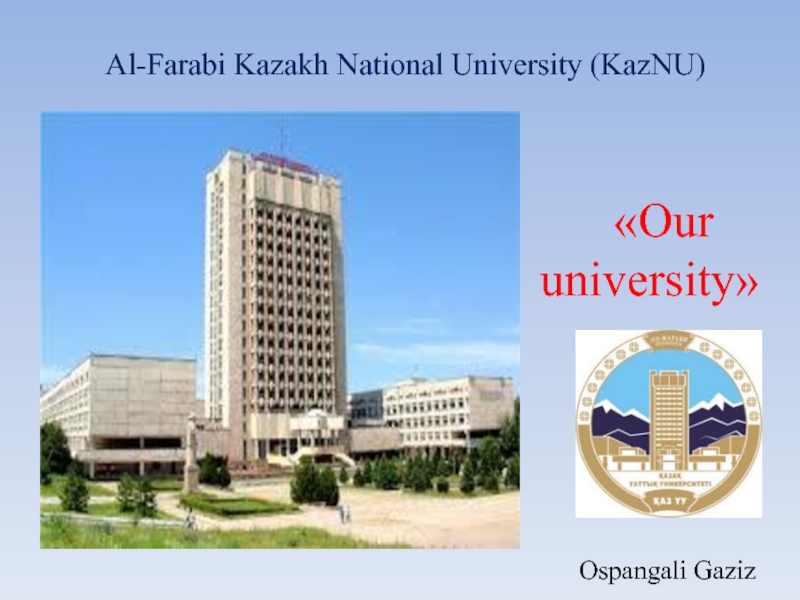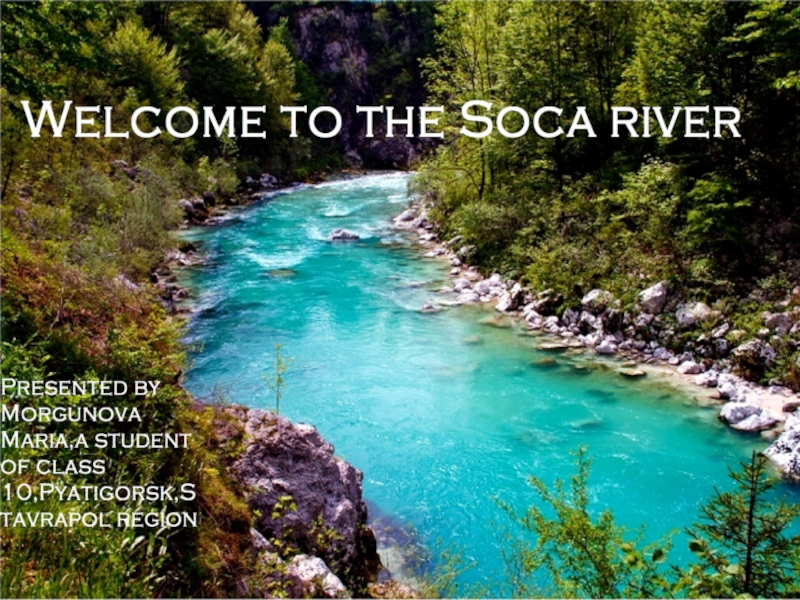- Главная
- Разное
- Дизайн
- Бизнес и предпринимательство
- Аналитика
- Образование
- Развлечения
- Красота и здоровье
- Финансы
- Государство
- Путешествия
- Спорт
- Недвижимость
- Армия
- Графика
- Культурология
- Еда и кулинария
- Лингвистика
- Английский язык
- Астрономия
- Алгебра
- Биология
- География
- Детские презентации
- Информатика
- История
- Литература
- Маркетинг
- Математика
- Медицина
- Менеджмент
- Музыка
- МХК
- Немецкий язык
- ОБЖ
- Обществознание
- Окружающий мир
- Педагогика
- Русский язык
- Технология
- Физика
- Философия
- Химия
- Шаблоны, картинки для презентаций
- Экология
- Экономика
- Юриспруденция
Canada. Geography презентация
Содержание
- 1. Canada. Geography
- 2. Geography Canada is a country in
- 3. Canada occupies a major northern
- 4. Economy Canada is the world's eleventh-largest economy
- 5. The country's average household disposable
- 6. Canada is one of the few developed
- 7. Canada's Ministry of Natural Resources provides statistics
- 8. Demographics The 2011 Canadian census counted a
- 9. About four-fifths of the population lives within
- 10. According to the 2006 census, the country's
Слайд 2Geography
Canada is a country in North America consisting of ten
provinces and three territories. Located in the northern part of the continent, it extends from the Atlantic to the Pacific and northward into the Arctic Ocean. Covering 9.98 million square kilometers in total, Canada is the world's second-largest country by total area and the fourth-largest country by land area. Its common border with the United States forms the world's longest land border.
Слайд 3
Canada occupies a major northern portion of North America, sharing
land borders with the contiguous United States to the south and the U.S. state of Alaska to the northwest, stretching from the Atlantic Ocean in the east to the Pacific Ocean in the west; to the north lies the Arctic Ocean. By total area (including its waters), Canada is the second largest country in the world—after Russia—and largest on the continent. By land area, it ranks second.
Слайд 4Economy
Canada is the world's eleventh-largest economy as of 2015, with a
nominal GDP of approximately US$1.79 trillion. It is a member of the Organisation for Economic Co-operation and Development (OECD) and the Group of Eight (G8), and is one of the world's top ten trading nations, with a highly globalized economy. Canada is a mixed economy, ranking above the US and most western European nations on the Heritage Foundation's index of economic freedom, and experiencing a relatively low level of income disparity.
Слайд 5
The country's average household disposable income per capita is over
US$23,900, higher than the OECD average. Furthermore, the Toronto Stock Exchange is the seventh largest stock exchange in the world by market capitalization, listing over 1,500 companies with a combined market capitalization of over US$2 trillion as of 2015.
Слайд 6Canada is one of the few developed nations that are net
exporters of energy. Atlantic Canada possesses vast offshore deposits of natural gas, and Alberta also hosts large oil and gas resources. The vastness of the Athabasca oil sands and other assets results in Canada having a 13% share of global oil reserves, comprising the world's third-largest share after Venezuela and Saudi Arabia. Canada is additionally one of the world's largest suppliers of agricultural products; the Canadian Prairies are one of the most important global producers of wheat, canola, and other grains.
Слайд 7Canada's Ministry of Natural Resources provides statistics regarding its major exports;
the country is a leading exporter of zinc, uranium, gold, nickel, aluminum, steel, iron ore, coking coal and lead. Many towns in northern Canada, where agriculture is difficult, are sustainable because of nearby mines or sources of timber. Canada also has a sizeable manufacturing sector centered in southern Ontario and Quebec, with automobiles and aeronautics representing particularly important industries.
Слайд 8Demographics
The 2011 Canadian census counted a total population of 33,476,688, an
increase of around 5.9 percent over the 2006 figure. By December 2012, Statistics Canada reported a population of over 35 million, signifying the fastest growth rate of any G8 nation. Between 1990 and 2008, the population increased by 5.6 million, equivalent to 20.4 percent overall growth. The main drivers of population growth are immigration and, to a lesser extent, natural growth.
Слайд 9About four-fifths of the population lives within 150 kilometers (93 mi)
of the United States border. Approximately 80 percent of Canadians live in urban areas concentrated in the Quebec City–Windsor Corridor, the British Columbia Lower Mainland, and the Calgary–Edmonton Corridor in Alberta.
Слайд 10According to the 2006 census, the country's largest self-reported ethnic origin
is Canadian (accounting for 32% of the population), followed by English (21%), French (15.8%), Scottish (15.1%), Irish (13.9%), German (10.2%), Italian (4.6%), Chinese (4.3%), First Nations (4.0%), Ukrainian (3.9%), and Dutch (3.3%). There are 600 recognized First Nations governments or bands, encompassing a total of 1,172,790 people.
